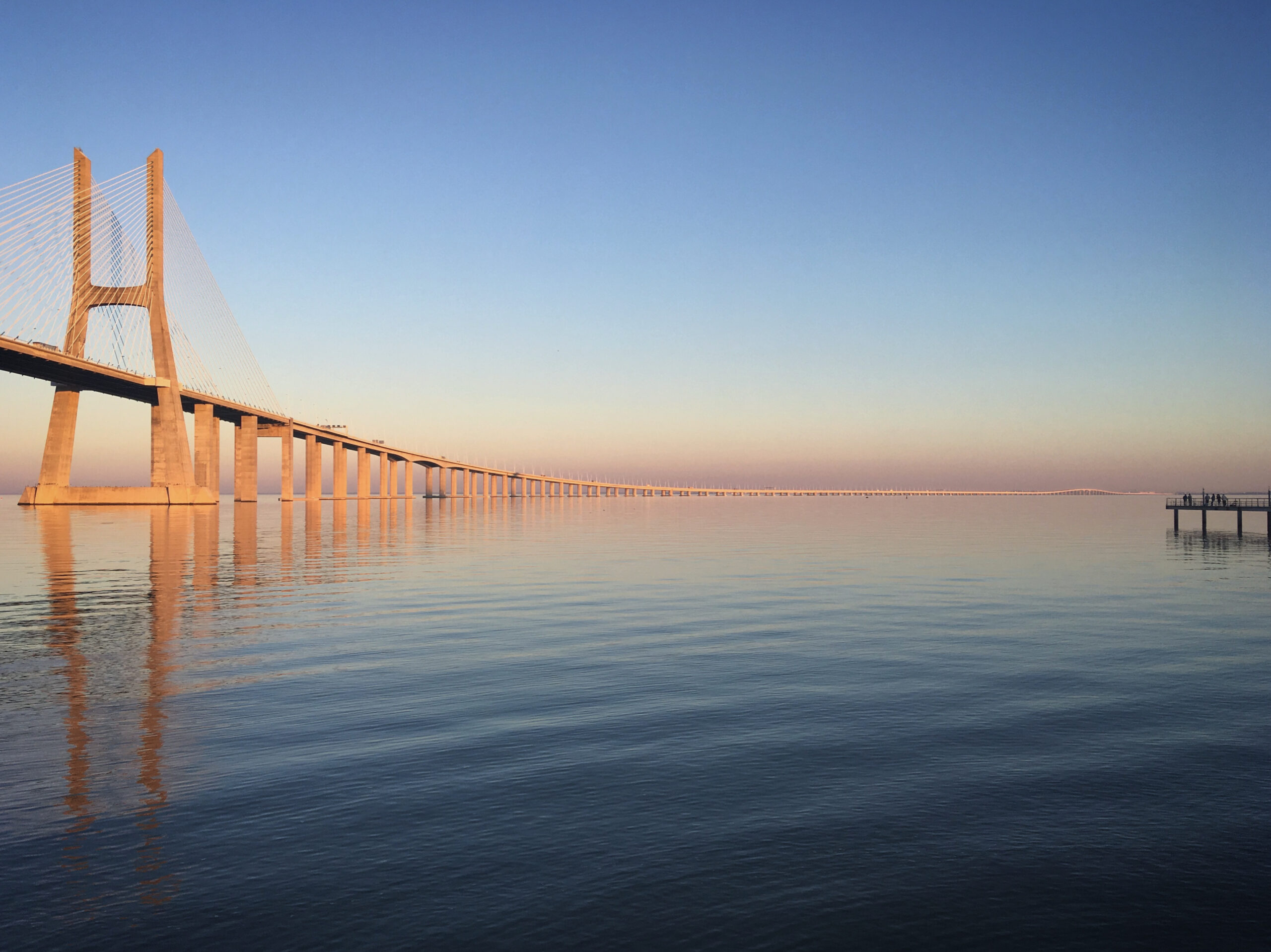Comprehending China’s BRI
Are you aware that over 60 nations are involved in China’s BRI? This massive undertaking seeks to encompass over 60% of the global inhabitants and GDP. Launched by Leader Jinping in 2013, it’s a global connectivity effort aimed to boost regional connections and promote a better financial future.
Through comprehensive construction and funding endeavors, the Belt and Road, or initiative, aims to reconfigure global trade routes. It’s a present-day Silk Road, resembling the historic commercial paths. This project is essential for The Chinese economic and geopolitical power across Asia, the West, Africa, and further.
Exploring the China’s Belt and Road Initiative reveals its ancient origins, goals, and global effects. It’s important to comprehend this program to grasp the direction of international relations and financial interactions in our quickly developing world.
Insight to China’s Belt and Road Initiative
The Belt and Road Initiative signifies a significant transition in international business, aiming to improve financial links between Asia and Europe. It revitalizes the ancient Silk Road, demonstrating The Chinese devotion to international collaboration and monetary unity. The project emphasizes on constructing a extensive web of infrastructure, including railways, expressways, and power routes, essential for trade efficiency.
Known as one belt one road, this scheme not only upgrades transport but also increases The Chinese construction projects, impacting area economies. Through partnerships with multiple countries, China’s expands its power and aids in developing critical materials and business routes. These funds are crucial for participating states, enhancing their financial infrastructure and opening new expansion routes.
This bold undertaking has the potential to benefit all participating, promoting mutual prosperity and sustainable development. As states unite, they integrate their economies and tap into China’s economic strength for mutual gain. The BRI proceeds to unveil its advantages as nations work together, enhancing their financial outlook.
The Historical Background of the Belt and Road Initiative
The initiative (BRI) is rooted in the historical Silk Road, tracing back to China’s Han Dynasty. This web of business routes tied East and West, facilitating both commerce and cultural sharing. It transformed societies by encouraging economic interdependence among localities.
Today, the BRI echoes a essence of cooperation, crucial for modern globalization. Nations involved in the silk road commerce belt share interests in business, construction, and capital. The belt and road initiative map displays the wide ties between these countries, seeking to reshape world trade.
By joining the Belt and Road Initiative, countries revive old links that historically connected societies. China’s strategic move situates it as a major actor in global commerce. This project not only improves financial well-being but also solidifies diplomatic relations worldwide.
Key Goals of The Chinese BRI
The BRI by The Chinese government intends to set up a thorough system for global trade and connectivity. It focuses on enhancing financial growth, fortifying trade ties, and helping area growth. This strategy addresses challenges like China’s industrial overcapacity while combining emerging areas.
At its core, the Belt and Road Initiative seeks to export state-of-the-art Chinese products and benchmarks. China aims to lead in innovation and high-tech manufacturing through this project. Additionally, it intends to increase its influence in world economic oversight, influencing global economic policies.
The Belt and Road Initiative encourages the creation of a local manufacturing network. This promotes cooperation, improving monetary endeavors across frontiers and creating new growth avenues. Below is a detailed overview of key objectives associated with China’s BRI:
| Objective | Description |
|---|---|
| Foster Monetary Expansion | Fostering greater trade and investment opportunities among involved states. |
| Enhance Commerce Linkage | Building and improving construction for smoother trade operations worldwide. |
| Address Industrial Capacity | Leveraging excess industrial capacity in The Chinese government to support world markets. |
| Integrate Emerging Areas | Providing necessary infrastructure and assistance to improve trade in less developed areas. |
| Strengthen International Power | Increasing The Chinese government’s influence in setting economic standards and governance structures. |
| Establish Area Production System | Promoting cooperation among countries to enhance production effectiveness and new developments. |
Infrastructure Development Inside the initiative
China’s Belt and Road Initiative is a major force in enhancing global links. It focuses on essential fields like high-speed rail and fuel conduits. These initiatives are essential for economic growth and cooperation among countries.
Fast Train Systems
High-speed rail projects are key to The Chinese infrastructure plans. They seek to connect key urban areas across multiple states. These train tracks allow rapid travel, enhancing the movement of products and people swiftly.
They create a network that supports travel and fortifies trade ties. By traversing physical obstacles, high-speed rail fosters area solidarity and economic cooperation.
Role of Energy Pipelines
Power lines are a vital component of the BRI’s development. They guarantee the reliable and economical transport of energy resources. This improves energy security for regions participating in The Chinese development initiatives.
Countries gain a lot from these pipelines, experiencing stabilized distribution systems and monetary consolidation. They are vital in areas like the Xinjiang area. These pipelines symbolize a long-term commitment to collaboration and shared wealth.
Monetary Consequences of China’s BRI
The Belt and Road initiative China presents a vast landscape of potential economic benefits for participating nations. It aims to enhance linkage and unlock expansion prospects in BRI. By promoting transnational trade and capital, it can greatly improve local economies and generate work possibilities.
Opportunities for Economic Growth
Engaged states can investigate different paths for monetary development. Higher trade levels often result in:
- Work Opportunities: Expansion of sectors can provide multiple job opportunities.
- Higher Investment Levels: Overseas funding, especially from China’s, can enhance regional business development.
- Construction Enhancements: Partnership between China’s companies and area collaborators boosts development capabilities.
These factors together can foster a more robust monetary setting for the nations participating.
Issues and Worries
The BRI challenges are notable. Major worries consist of:
- Viability of Debt: Many countries may struggle economically as they amass substantial debt for Belt and Road projects.
- Dependence on China’s Funds: Being reliant on China risks leading to monetary risks.
- Lack of Transparency: Doubts over resource allocation cause worries about dishonesty and inefficiency.
These issues highlight the need of careful planning and transparent practices. Ensuring that promised investment returns materialize is essential. Dealing with these worries will decide the enduring triumph of the Belt and Road Initiative and its economic impacts on participating nations.
Regional Development Focused on the Belt and Road Initiative
The initiative (Belt and Road Initiative) is a cornerstone of regional development. It intends to bridge economically isolated areas with thriving economic zones. This initiative improves China’s local unification. The initiative also targets rejuvenating low-performing areas, making sure inland western regions and the China’s eastern coastline collaborate more efficiently.
Xinjiang’s integration into Central Asia’s markets is significant. This assimilation eases local unrest and improves regional stability. Initiatives like highways and railways are crucial in narrowing financial gaps. These efforts highlight The Chinese goal for regional development.
Crucial factors push the initiative’s focus on regional development:
- Financial Chances: Linking distant regions to robust markets boosts local economies.
- Stability: Infrastructure investments alleviate unrest and promote harmonious interactions.
- Commerce Boost: Enhanced travel routes enhance trade flows, helping everyone.
- Work Opportunities: Projects create jobs, raising standard of living for inhabitants.
The BRI addresses monetary and geopolitical problems, propelling area expansion. It’s a calculated action by China to improve construction and collaboration across localities. This strategy aligns with The Chinese aims for regional integration.
| Locality | Monetary Concentration | Major Initiatives | Anticipated Results |
|---|---|---|---|
| Xinjiang | Business with Central Asia | Road and Train Track Improvements | Enhanced Calm, Monetary Development |
| The Western Region | Agriculture and Resources | Irrigation Infrastructure | Greater Output, Job Creation |
| Eastern China | Manufacturing Hub | Sophisticated Transit Systems | Enhanced Trade Efficiency |
Linking Asia and Beyond Through China’s BRI
China’s BRI is a revolutionary undertaking reconfiguring world commerce paths. It comprises two key components seeking at enhancing global commerce and financial growth. These components are essential for comprehending how the BRI connects Asian countries and extends beyond.
The Silk Road Commerce Path
The silk road commerce belt is concentrated on setting up land-based trade routes from Asia to the West. It focuses on the development of development like railways and highways for better goods transport. This project intends to simplify logistics and trade across diverse regions, highlighting crucial factors such as:
- Building of railroad ties to boost travel efficiency.
- Increase of highway routes to bolster business access.
- Investment in border facilities to enhance entry procedures.
The Modern Maritime Silk Road
The 21st century maritime silk road enhances the land-based pathways with a sea-based trade network. It aims at strategic docks and sea routes in the Ocean of India to increase sea commerce. Capital emphasize on modernizing harbor facilities and shipping efficiency. The key pros are:
- Creation of new trade corridors to enhance world oceanic business.
- Strengthening China’s position in international sea commerce.
- Improved ability for processing greater freight quantities.
These initiative parts not only link the Asian continent but also span distances between areas. They are laying the groundwork for a new epoch of global commerce interactions.
The Role of Capital in the BRI
Funding is vital for the success of initiative endeavors, broadening their reach and impact. China’s administration utilizes various funding mechanisms, with state-owned banks and organizations like the Asian Development Bank (AIIB) having significant roles. These monies seek to build solid construction in participating countries.
The financial strategy of the BRI system goes beyond just building development. It combines innovations with traditional investment strategies. This approach boosts project success and fosters enduring collaborations.
In spite of the significant capital, worries about debt sustainability have come up. Countries engaged in Belt and Road capital worry about amassing unmanageable loans. This has sparked debates on the long-term monetary consequences of such funding. Countries must prudently evaluate the pros of enhanced development against potential economic dangers.
| Funding Source | Goal | Main Attributes |
|---|---|---|
| Government-Owned Financial Institutions | Construction and Infrastructure | Cheap loans, protracted reimbursement terms |
| AIIB | Local Networking | Multilateral funding, particular endeavor capital |
| Private Funding | Technology Improvements | Investment capital and alliances |
China’s multiple capital approaches seek to refresh business routes and improve international connections. Involved entities in financing BRI projects must constantly assess how these methods aid their state aims. They must weigh expansion possibilities with the dangers of financial dependency on external sources.
Diplomatic Consequences of the Belt and Road Initiative
The initiative (Belt and Road Initiative) signifies a important transition in world politics, showcasing The Chinese effort to expand its global influence. Through vast funding in construction across the planet, The Chinese government is not just creating highways and overpasses; it’s shaping a new geopolitical landscape. This initiative raises worries among rival nations about likely monetary superiority, underscoring the complicated interactions of world diplomacy.
As China’s footprint grows, so does its capacity to mold world politics. This calculated action is pivotal in reshaping how countries engage with each other, notably in terms of financial and diplomatic tactics.
Chinese Power in Global Politics
The Chinese power is apparent through its significant capital in developing economies, building new diplomatic partnerships. By funding infrastructure projects, China not only enhances monetary development but also fosters reliance relationships that could be used for diplomatic advantage. This approach is a testament of China’s diplomatic strength, intended at solidifying its role on the world stage.
The Reactions of Other Countries
The world response to the Belt and Road Initiative is a mix of skepticism and tactical responses from major powers. The U.S. and other Western states see the initiative as a method for The Chinese administration to expand its armed forces and economic influence. In reply, they have formed partnerships and offered different projects to counterbalance The Chinese expansion. These steps emphasize the complex interplay between The Chinese goals and the changing global geopolitical landscape.
Principal Endeavors Within the BRI
The Belt and Road Initiative (initiative) is a monumental endeavor reshaping global trade landscapes. At its core, the China-Pakistan trade route (China-Pakistan trade route) is significant as a flagship project. It aims to link The Chinese western provinces with Pakistan’s Gwadar Port, forming a critical trade and energy supply route. With an capital of $62 billion, it’s crucial for Pakistan’s economy and a geopolitical benefit for China’s administration.
China-Pakistan trade route
CPEC embodies the peak of creativity and collaboration inside the Belt and Road’s plan. It includes:
- Power initiatives to mitigate Pakistan’s power shortages.
- Enhancements of road and rail infrastructure.
- Entry to the Arabian Ocean, boosting commerce possibilities for both nations.
This project is a foundation of the Belt and Road Initiative, pushing economic expansion and fortifying bilateral relations. It boosts local links and geopolitically locates both states in the world market.
Harbor Development Projects
China’s dock improvement initiatives inside BRI are vital for boosting oceanic business. These initiatives include:
- Increasing Gwadar harbor to manage bigger vessels.
- Funding Sri Lankan harbors to boost Ocean of India business ways.
- Developing African ports to strengthen economies and reach untapped markets.
These port initiatives are essential for boosting international logistics, securing easier transport, and improving international trade. Their strategic placement supports China’s goal of creating a huge commerce web across regions.
| Project | Place | Funding (Approximate) | Main Attributes |
|---|---|---|---|
| China-Pakistan Economic Corridor | Pakistan’s area | $62 billion | Fuel endeavors, highway and railroad construction, access to Gwadar Port |
| Gwadar Port Expansion | The Pakistani region | $1.6B | Deep water harbor capable of handling bigger ships |
| Hambantota harbor | Sri Lankan region | 1.5 billion dollars | Geopolitical positioning for maritime trade, freight station |
| Djibouti Multinational Logistics Hub | Djibouti | $500 million | Bolsters African business, better supply chain |
Issues and Critiques Surrounding the BRI
The initiative (BRI) is growing worldwide, sparking numerous critiques. These emphasize on financial coercion and the ecological effects. These worries underscore the complicated issues of this aspiring initiative.
Claims of Financial Coercion
Numerous critics state that the BRI results in financial coercion. Nations take significant loans from The Chinese administration, likely causing excessive loans. This can create reliance on funding from China and control. Nations like The Sri Lankan region and The Zambian region demonstrate the dangers of such loans, endangering their autonomy and monetary balance.
Environmental Factors
The ecological effects of the initiative is a major concern. Opponents emphasize that major construction endeavors affect nature negatively. They argue that these projects weaken sustainable development and conservation efforts. Forest clearing, natural area damage, and water reduction cause concerns about the BRI’s lasting success.
| Issue | Explanation | Instances |
|---|---|---|
| Monetary Pressure | Nations incur significant debt through Chinese investments. | The Sri Lankan region, Zambia’s area |
| Environmental Impact | Construction endeavors harm nature. | Deforestation, water reduction |
| Subservience | States may be very reliant on China for financial stability. | Various developing nations |
The Future of the BRI
The Belt and Road is a key element for China’s global economic ambitions. Its enduring success is dependent on dealing with clarity and ensuring collective gains. As doubt increases among countries, China must demonstrate its devotion to durable growth, not just financial expansion.
In a world filled with diplomatic issues and environmental challenges, the initiative’s resilience is crucial. Its success depends on The Chinese ability to promote inclusion and responsibility. By prioritizing the endurance of initiative endeavors, The Chinese government can improve its worldwide standing and secure that allied nations profit actual monetary and community gains. This strategy will foster collaboration and friendly interactions.
The initiative’s prospects covers more than just developing infrastructure; it requires a detailed plan that synchronizes local growth with environmental protection. By re-evaluating its methods and matching with worldwide movements, China can spearhead in long-term global development. This will form a collaborative future that aligns with the aims of involved states and the worldwide society.



